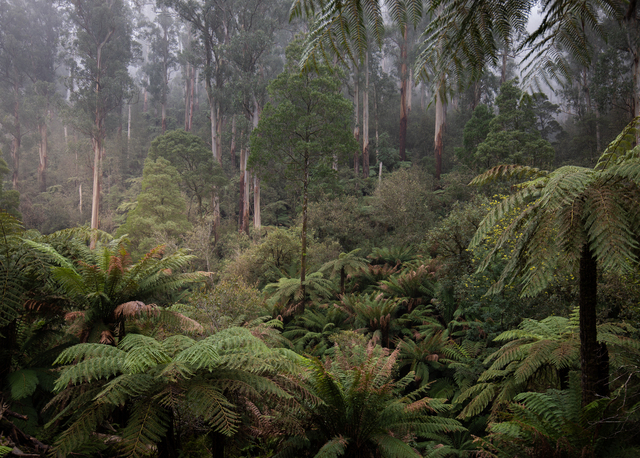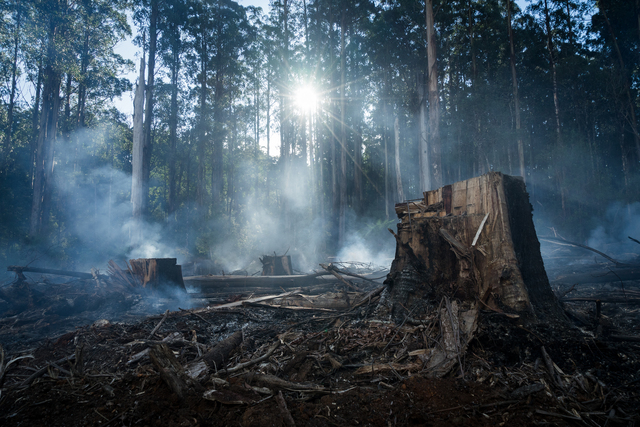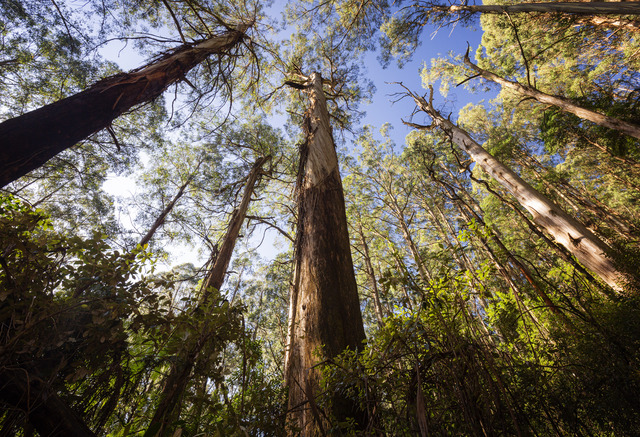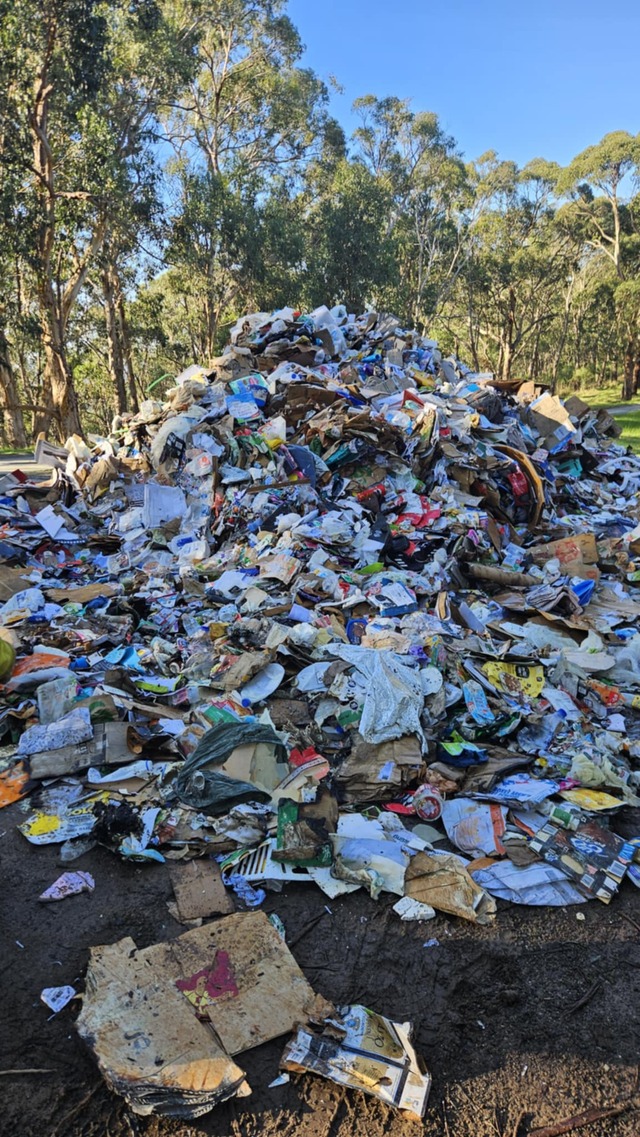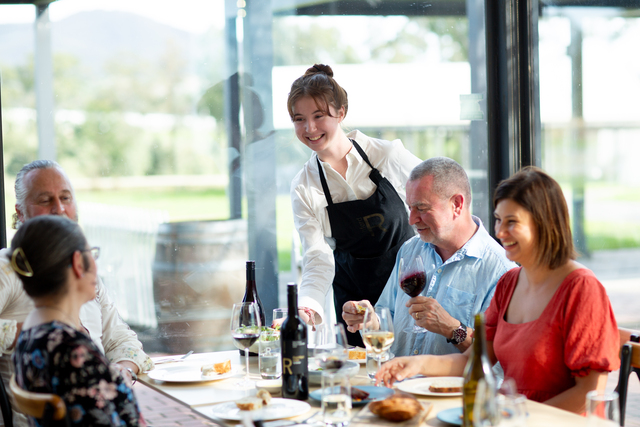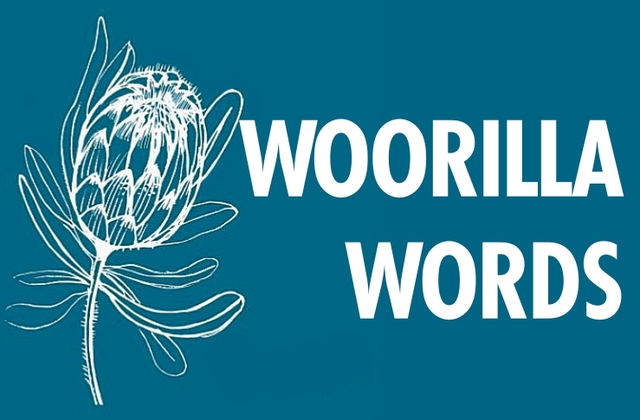The Great Forest National Park (GFNP) is encouraging the local community to get involved in the public consultation to protect Central Highlands State Forests.
The consultation has been instigated by Engage Victoria on a proposal to link more than 500,000 hectares of Victorian forests and conservation reserves, some badly damaged by fire and logging, into one vast, enclosed and protected national park, the GFNP.
There is now an urgent push for public support to conserve the Central Highlands State Forests, home to the world’s tallest flowering plant, the Mountain Ash, and one of Australia’s most endangered mammals, the Leadbeater’s Possum.
GFNP creative and business director Sarah Rees said the community’s voice is important to conserve nature although the government has already announced a ban on logging.
“We are asking Victorians to help us shape the government’s decision so that we can not only safeguard the habitats of endangered species and protect these critical forests but also secure the water supply for the five million people of Melbourne, lower the risk of catastrophic bushfires and boost tourism and employment for local areas,” she said.
“What can happen to landscape is that it can be repurposed for other things such as logging perhaps by a different name or a lack of proper investment into new opportunities around recreation ecotourism.
“It may not get funding to be restored. There’s a very big debt left from long-term logging in these forests, so there are all these unknowns in just ending logging.”
The GFNP is seeking to establish a tenure with joint management with First Nations groups that encourages investment for recreation, restoration and conservation to rehabilitate wild species such as Greater Gliders, possums and owls.
Forest conservation expert professor David Lindenmayer said if the forests are not logged, Mountain Ash can sequester carbon, help modulate the climate and act as giant storage banks to absorb excess carbon for about 550 years.
“While the recent logging ban from the Victorian Government is a huge victory, we know that a turn in government or future policy change can quickly reopen the land at risk of logging,” he said.
“We’re seeing the devastating result of this happening in Tasmania right now.”
Establishing the GFNP has the potential to add more than $70 million to the local economy annually, attracting an extra 400,000 visitors to the area each year and creating an additional 750 full-time jobs.
“People love national parks. They come to visit national parks and want to do things and spend money, and it will improve the economy for regions,” Ms Rees said.
“The park will employ more people with better, longer-lasting jobs than those in wood production, with workforce opportunities in tourism, firefighting, invasive species management and forest restoration.
“What’s important from my perspective as a local is that it’ll bring more jobs for women and young people, and this is vital to regional areas in order to keep our families here and not split them up by having people moving into the city for job opportunities.”
Two surveys are open for submission, asking the public about the area, what is important to them about it, the experiences they’ve had and how it could be improved for the future, accessible on the GFNP’s website, greatforestnationalpark.com.au/your-voice-matters
The Engage Victoria’s public consultation period will close on Monday 29 April.

